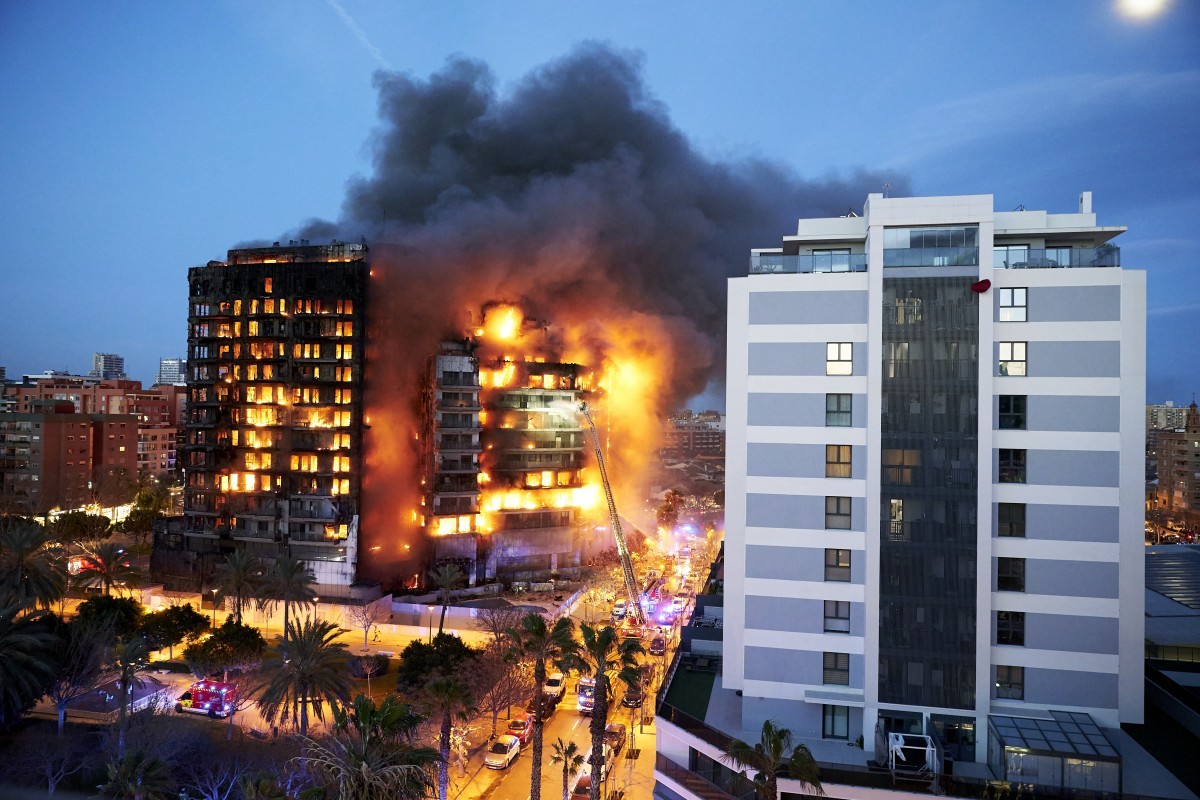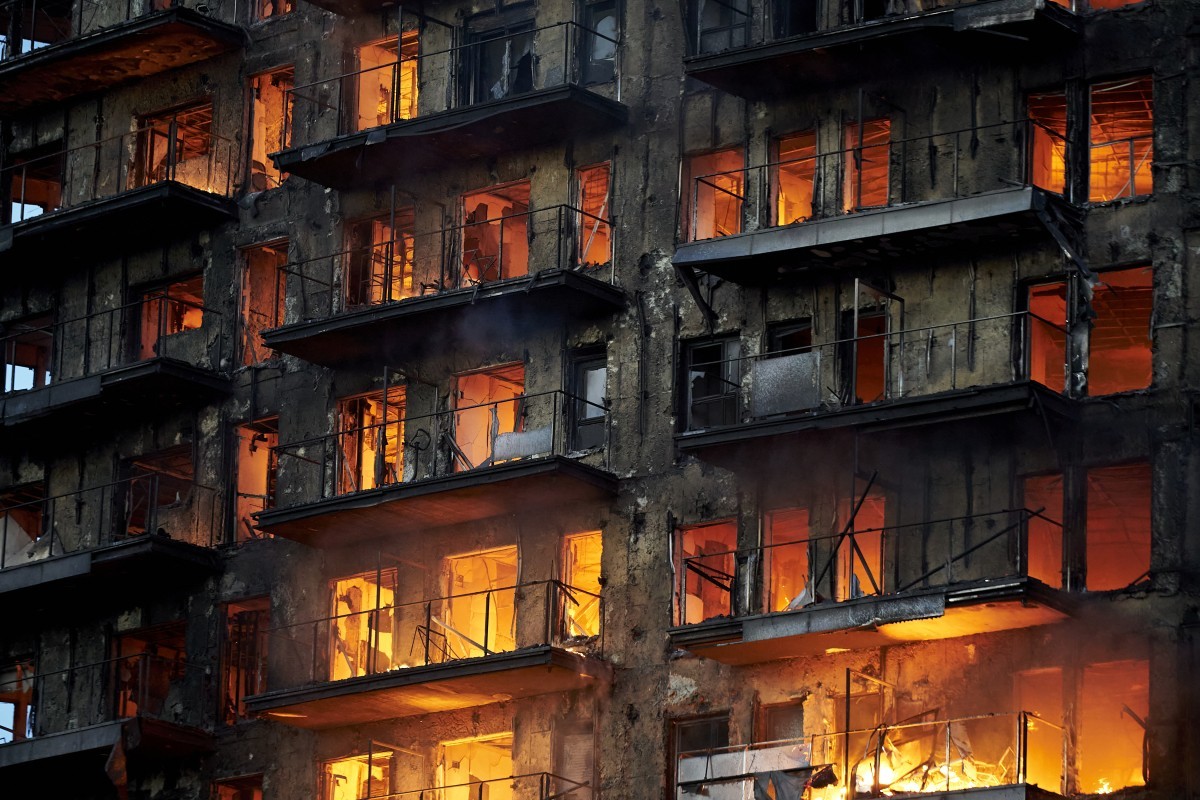
A large fire has destroyed two buildings of 14 and 9 floors and 137 homes in the Campanar neighbourhood in Valencia, Spain. The fire started around 5:30pm local time on Thursday 22nd February, however it is not yet known how the fire started. In spite of this, initial information available suggests that the outer cladding of the exterior was made of polyethylene, a highly flammable material, which would explain the very rapid spread of the fire.
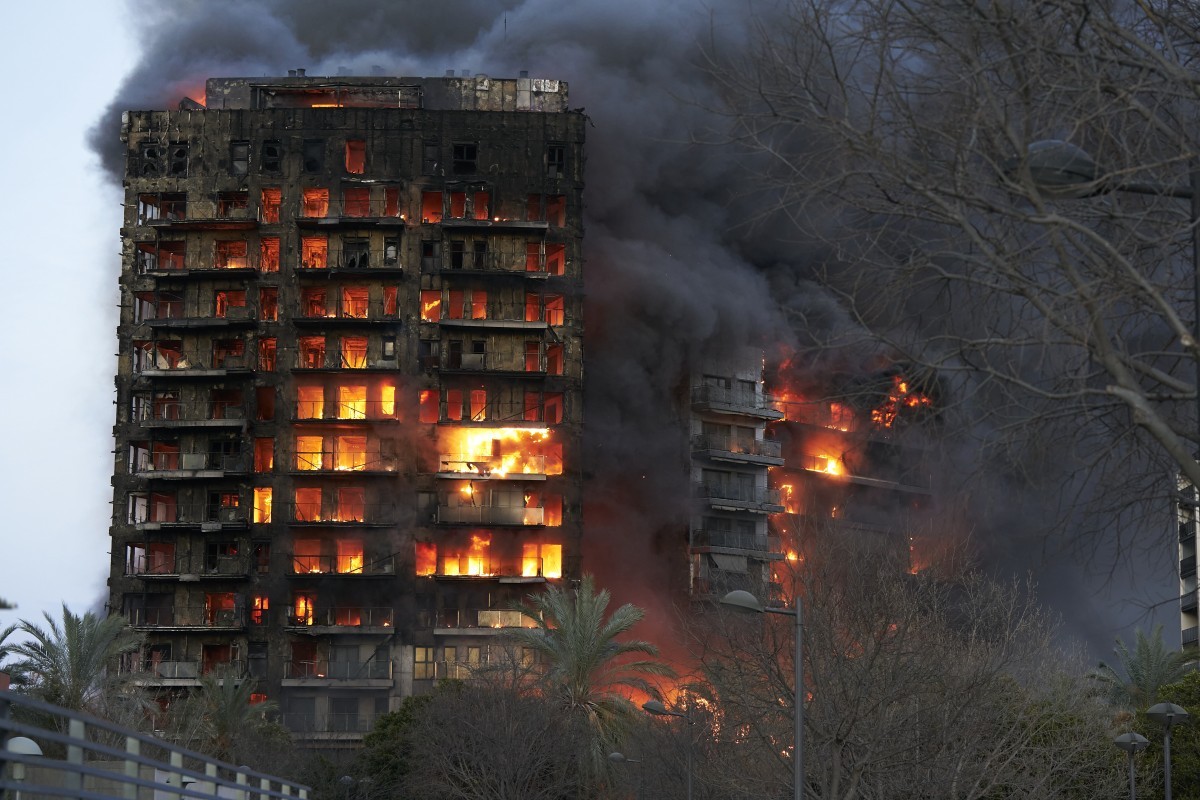
According to statements made to the news agency EFE and reported by the Spanish newspaper El Mundo by Esther Puchades, the deputy secretary of the Association of Industrial Technical Engineers of Valencia (Cogitival) and expert in fire claims assessment, the use of polyurethane is not prohibited in construction, but given the virulence of this fire, its use could be reconsidered.
In her opinion, it is a material that "when heated is like plastic, it catches fire". Puchades pointed out that under the aluminium parts placed on the façade of the building there is polyurethane, a "totally flammable product, which is what caused the flames to spread in less than half an hour".
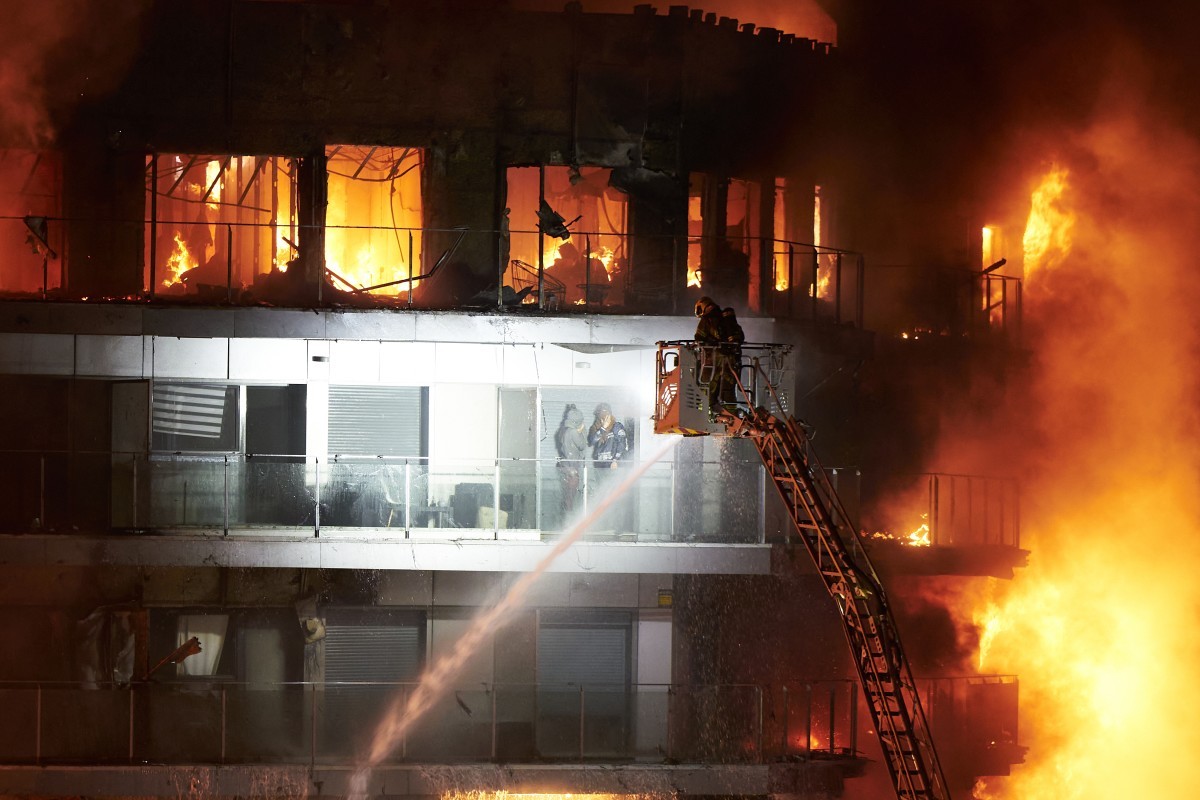
Polyurethane or polyethylene are materials that are still used in Spain, although, according to Puchades, not in the way they were used in the affected building. It should be remembered that this material has caused major fires in buildings in recent years in other countries, as in the case of Grenfell Tower in London in 2017.
The building located on Calle Poeta Rafael Alberti was completed in 2008, according to the Spanish Land Registry, and has a surface area of 3,724 m2. It is a 13-storey building with about 11 residents per floor, for a total of 137 dwellings. It also has a garden, garages and storage rooms.
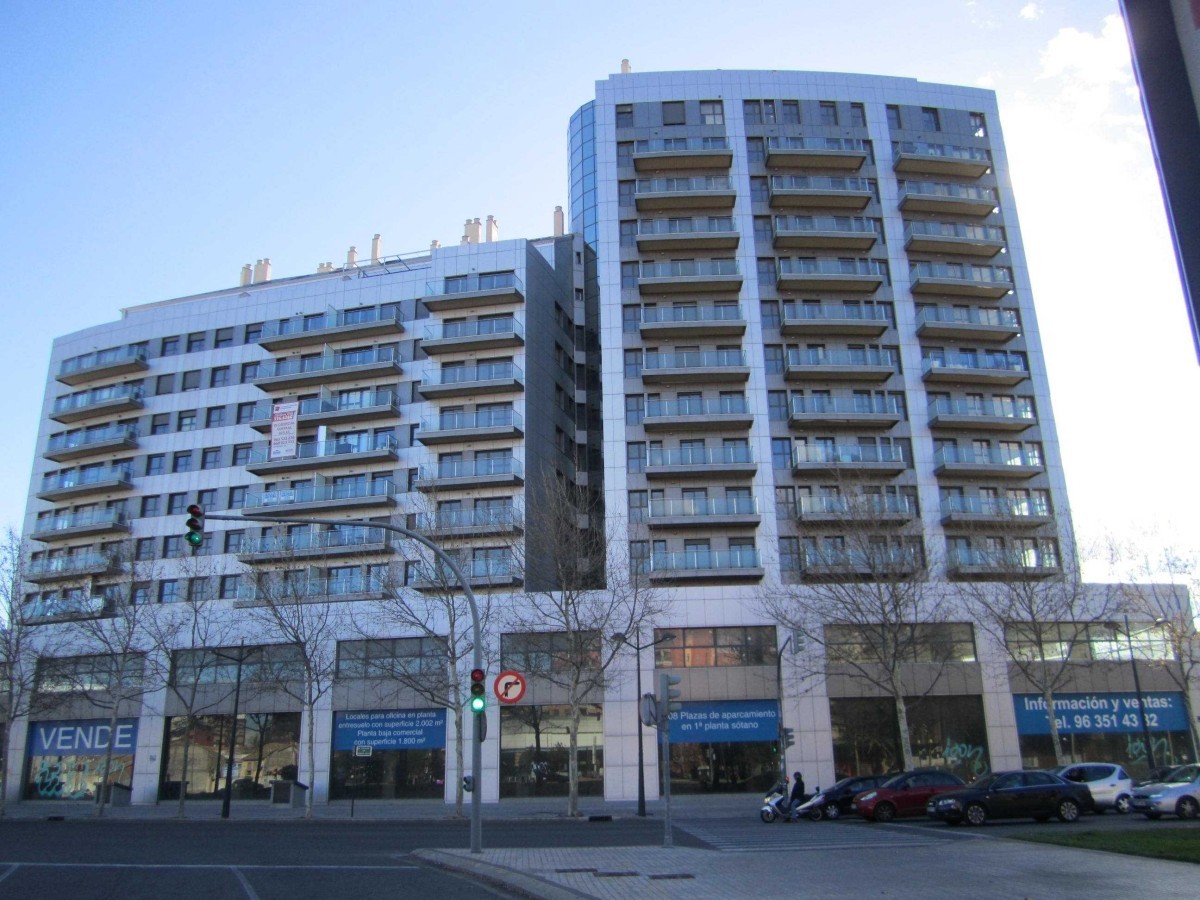
The property developer went bankrupt in 2010
It should be noted that the developer of this particular block of flats Fbex filed for insolvency proceedings in 2010, and a year later began its liquidation phase. With a debt amounting to 463 million euros, the banks rejected the group's proposal that would have allowed it to survive, which contemplated an 85% write-off.
